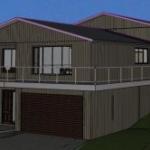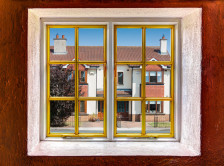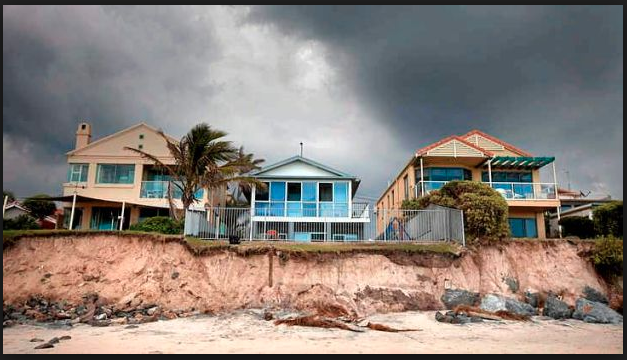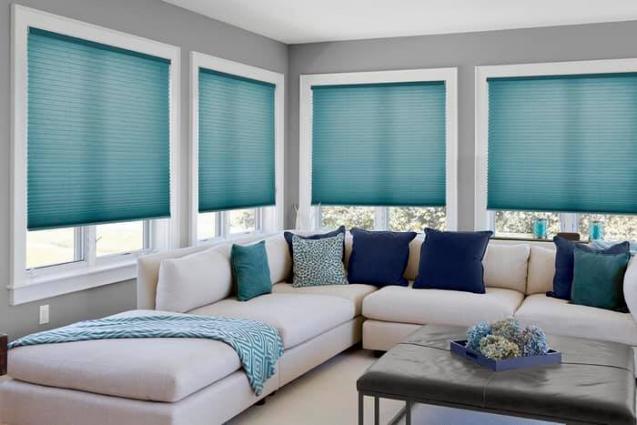
Building on a Sloping Block
Building on a slope will present challenges. There are two tradition methods of addressing the build. Your builder will either level out a plinth or build on stilts if the level of the land allows for it. The quality of the soilis important, too. Soil quality will determine whether your foundations are strong enough to support the structure of your build.
Retaining Walls
Building on a sloping block will normally require hiring a structural engineer if there is a basement that is impacted by surrounding banks. This involves creating retaining walls to ensure there is adequate water proofing. Low level retaining walls or gabion walls are often recommended as a solution by structural engineers.
These walls are considered supporting structures. Poor design that does not include retaining walls when needed will cause serious problems when it comes to water proofing. This is one of the most important steps in designing a build on a slope, so make sure your builder is qualified and has the necessary experience to address water proofing a building on a slope.
Drainage on a Sloping Block
The location of your sloping block in relation to the location of the sewage system is another important consideration when it comes to design. An uphill sewage system will likely involve the need for a pumping system. When the sewage system is downhill from the build, a slow flow is usually required.
Water runoff can also cause issues on a sloping site due to surface water. A soakaway is one option to deal with surface water on your site. It involves digging a hole on the site where runoff settles. The hole is then filled with stone or similar material to allow water to seep into the soil. Alternatively, you can use drainage channels to ensure that your flooding does not become a problem.
Access and Landscape
The ability to access your home and landscape is an essential part of the design process. If there is a significant slant leading to your home, you may want to consider levelled off plinths with steps that allow access to your home. It is also important to remember that the position of your build relative to the site will affect your view. What will you see when you look out your windows, and will the position of your home allow enough natural light to enter your home?
Landscaping on a sloped site presents its own challenges. The structural integrity of the slope should always be your first consideration. Cutting into a slope may cause issues if the ground is compromised. Therefore it is vital that you hire someone who has extensive experience in landscaping on sloped sites. Landscaping design also affects drainage, so any plans should be included in the initial design stages.
Building Inspections
There are few projects where it is more important to hire a reputable building inspector than when you are building on a sloping block. This is your dream home, so you will obviously want everything to be perfect. A building inspector who is a qualified builder will help to ensure that the project goes according to plan.
If you are building on a slope in New South Wales, Houspect is here to provide expert inspections. All our inspectors are qualified builders and have the experience and expertise needed to help your realise your vision for your ideal home.



